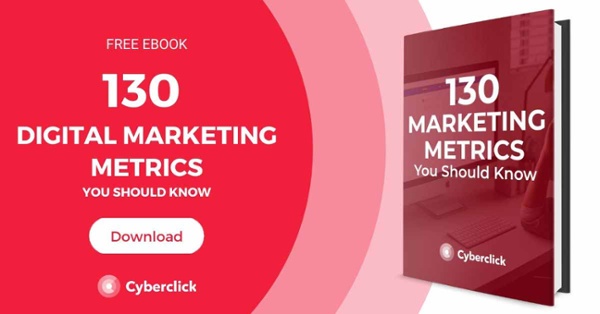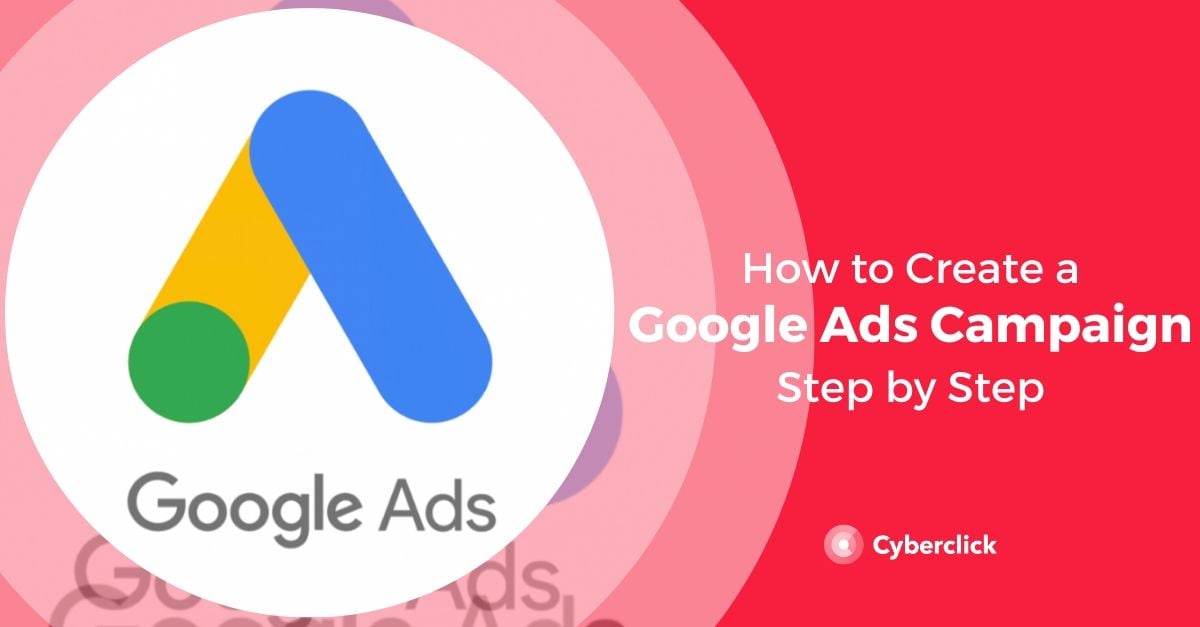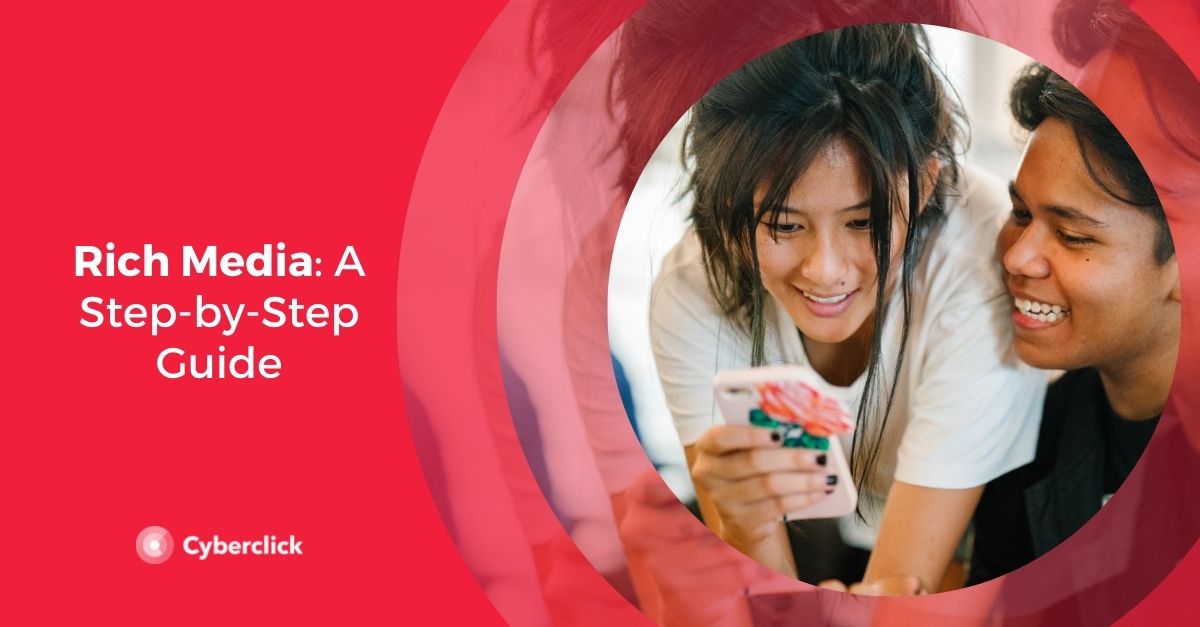What is a newsletter? It is, without a doubt, one of the best tactics to use in digital marketing.
In an environment where everything seems to be constantly changing, email marketing remains a safe bet because of its low cost and high profitability. Over the years, its technical possibilities have increased, but its basic components, including newsletters, remain the same. That's why we want to tell you more about them and explain how to create your own from scratch!
What Exactly Is a Newsletter?
To begin, let's clarify a few related concepts: email marketing, mailing lists, and newsletters.
Email Marketing
Email marketing involves contacting companies or customers (current or potential) via email. You can find many different types of strategies and messages, from emails to communicate company news to more promotional ones.
Mailing Lists
A mailing list is made up of users who have voluntarily left you their email to receive communications. It’s important to note that, under New Data Protection Regulation efforts, you can only include users who have specifically indicated their consent and only for the specific purpose for which they have given it.
Newsletters
A newsletter is a digital publication with a specific cycle (from daily to quarterly) that is sent to the users on a mailing list. Newsletters have an informative purpose within a marketing strategy, as they are composed mainly of news and other content geared towards your users. They can also include an offer or next steps, but the information is most important.
Benefits of Creating Your Own Newsletter
-
Deliverability. When you deploy campaigns on social networks such as Facebook, their algorithms determine which users they reach. However, with a newsletter, you know your email will reach all the users on your mailing list.
-
Own databases. With email marketing, you are the sole owner of the data of the users who join your mailing list, and you can export it between different tools. This is an advantage over social networks.
-
Filtering. Newsletters are a super effective tool for finding out which users are actually interested in your brand. After all, if they voluntarily leave you their data, it's because they want to know more about your brand.
-
Penalty-free. The level of traffic to your website depends on the algorithms of search engines like Google, which can cause your ranking to drop from one day to the next. On the other hand, your subscribers will always be there.
-
Free marketing research. Thanks to newsletters, you can get a lot of information about your audience through form responses, A/B tests, and other experiments.
-
Personalization. An email is essentially a "blank canvas" that you can fill with all kinds of content, and the options for personalization and interaction keep growing. You can use your creativity to design highly personalized messages and adapt them to different users.
-
Loyalty. Regular communication allows you to stay in touch with your audience and build long-term relationships.
-
Content curation. Newsletters are an excellent way to reuse content from your website and blog.
-
Profitability. Creating an email newsletter doesn’t require a large investment in time or resources, so it’s feasible for companies of all sizes.
-
ROI. Although the main function of these mailings is to inform and not to sell, they can be a key part of a conversion-oriented email marketing strategy. And thanks to its low cost and high effectiveness, the return on investment is incredible: according to Campaign Monitor, it can reach up to 4,300%!
How to Launch an Effective Newsletter Step by Step
Ready to create your own newsletter from scratch? Follow these steps!
1. Define Your Objectives and Analyze the Situation
Always, always, always think about what you want to achieve when launching a marketing action. This objective will be behind everything you do, from the incentives you use to get users to subscribe to the frequency of the newsletter. It’s up to you to think about what you want to achieve with your email marketing and how it fits into your overall marketing strategy.
If you start from scratch, you can set goals based on the traffic you are receiving on your website, estimating the percentage of users you hope to convince to subscribe to your newsletter.
It can also be very useful to see what your competitors are doing and even subscribe to their newsletters for a few weeks to analyze the type of messages they send.
2. Build Your Mailing List
If you want to launch a newsletter, it’s obvious that the first step is to have someone to send it to. So, in this step, you need to think about what your recruitment strategy is going to be.
It’s essential to place a banner or subscription widget on your website or blog so that it’s clearly visible. The benefits of subscribing have to be very clear. Normally, the user will have to fill in a short form that will provide him or her with information about them.
Many brands use "lead magnets,” an incentive (usually in the form of downloadable content) in exchange for the user leaving their email address. This content has to be valuable for the user, but that doesn't mean it has to be very extensive or take up a large chunk of their time. To start with, you can try simple content such as a template, a checklist, or a list of useful resources on a particular topic.
Once you have a minimum viable number of subscribers, it's time to sit down and analyze the information on the form and see what your user base is like. This is also the time to segment your audience into different mailing lists based on their preferences.
3. Plan Your Strategy
These are some of the basic aspects you need to have defined before diving in:
- The contents of your newsletter. For example, the latest posts from your blog or industry news. What are you going to do to provide additional value to your users? How will you make it reflect the tone and values of your brand?
- The frequency of sending. There is no fixed rule, but you will have to find a balance between not letting your subscribers forget about you and overwhelming them with too many emails.
- The sequence of messages. Depending on the segments you have previously defined, you will need to design "paths" that correspond to the interests of your users. For example, you can create a series of regular content on a topic, such as "tip of the week".
- The design. As you already know, it’s essential that it adapts to different screen sizes and that it’s clear and easy to read. If you are going to include images or interactive elements, always have an "option B" available for users who cannot see them.
4. Send Your Newsletter
You're ready for your first mailing! As your mailing list grows, you will need to have an automated process to make the task easier. Luckily, there are plenty of email marketing tools available and many of them are free up to a certain number of sends, such as MailChimp or MailRelay.
5. Measure Results
Finally, no marketing action is complete without analyzing what has happened and using the information to improve. Look at metrics such as click-through rate, mailing list registrations, unsubscribes, and A/B test and experiment results to keep improving your newsletter every day.
Responsable de Relación con los Clientes de Cyberclick
Responsible for Cyberclick Customer Relationship.






Leave your comment and join the conversation